Blue light therapy is clinically proven to be the most effective for acne. It kills bacteria, calms inflammation, and reduces breakouts, safely and non-invasively. But not all devices work equally. The science is sound, but the device and technique you use can make or break your results.
Why Blue Light Is the Clear Winner for Acne
When it comes to acne, most treatments take a scattershot approach, throwing creams, acids, and prescriptions at the skin in hopes something will stick. Blue light therapy works differently. It doesn’t just soothe the surface; it targets the source.
At a wavelength of 415 nanometers, blue light kills P. acnes, the bacteria that triggers inflammation and breakouts.
Unlike conventional options, blue light therapy doesn’t disrupt the skin barrier, trigger irritation, or interfere with hormonal balance. And thanks to FDA-cleared devices, it’s now safer and more accessible than ever for home use.
That said, technique matters. To get the most from each session:
-
Start with clean, dry skin.
-
Avoid applying occlusive products (like oils or heavy creams) before treatment, they block light penetration.
-
Never layer LED therapy over active exfoliants like glycolic acid, benzoyl peroxide, or vitamin C serums.
Can You Use Tretinoin with Light Therapy?
Absolutely, but timing is everything. Tretinoin increases photosensitivity, so it’s best to separate your light therapy and topical use by at least 8–12 hours. Many professionals recommend using red or blue light therapy in the morning and applying tretinoin in the evening.
This spacing helps avoid irritation while allowing both therapies to work optimally.
What to Expect: Results And Side Effects
As with all science-backed skincare, results come from consistency and precision. Think of blue light therapy not as a treatment, but as part of your routine, one rooted in clinical logic, not hype.
Like any true skin therapy, blue light doesn’t promise overnight miracles, but it does deliver consistent, measurable progress when used correctly.
Most users begin to see visible improvements within 2 to 4 weeks, with clearer skin, reduced redness, and fewer new breakouts. For deeper results, such as a significant drop in inflammation and long-term reduction in flare-ups, expect 6 to 8 weeks of consistent use. That means using your device 4 to 7 times per week, depending on the severity of your acne and the power of your device.
One thing that often surprises new users?
The skin may initially seem worse before it gets better. This temporary response, sometimes called “purging”, happens as acne bacteria and trapped oil are brought to the surface.
While it may look like a setback, it’s actually a sign that the light is working at a deeper level. This phase typically passes within the first 10–14 days.
Mild side effects such as dryness, redness, or slight irritation are rare, but can occur, especially if users overdo sessions, combine treatment with harsh actives, or use low-quality devices lacking in safety controls.
Red vs. Blue vs. Combo Light: What Actually Works?
LED therapy isn’t a one-color-fits-all solution. Different wavelengths penetrate the skin at different depths and deliver different effects.
-
Blue light (415 nm) is the breakout fighter. It reaches just far enough into the skin to target and eliminate P. acnes, the bacteria responsible for triggering inflammatory acne. Its strength lies in prevention and bacterial control.
-
Red light (660 nm), on the other hand, dives deeper. It doesn’t kill bacteria, but it plays a vital role in reducing inflammation, calming redness, and accelerating skin healing. It also stimulates collagen production, helping fade post-acne marks and strengthen the skin barrier over time.
What About Combination Therapy And Devices That Offer both Wavelengths?
In theory, they should provide the best of both worlds.
But in practice, most combo devices fall short because the industry tends to focus on color variety over clinical output. Devices with rainbow LEDs may look impressive, but without verified wavelength precision and therapeutic optical power (measured in Joules/cm²), they’re more marketing tool than medical device.
Insider Tips
Whether you’re brand new to LED or refining your routine, the best advice always starts here:
Take it slow.
If your skin is sensitive, or if you're already using active ingredients like acids or retinoids, give your skin time to adapt. Begin with shorter sessions, around 5 minutes, and gradually build up to full treatments.
Overdoing it early on won’t speed up results; it’ll just increase the chance of dryness or irritation.
One of the most valuable habits you can develop is tracking your usage.
It may sound tedious, but logging details like session time, distance from the panel, and how your skin feels after treatment gives you control over the process. It helps you spot patterns, adjust your timing, and troubleshoot if results plateau.
Another key insight from our clinical team: warm skin responds better to light than cold, tight skin.
That’s because warmth enhances microvascular circulation.So if you’re using ice rollers or cold compresses before treatment, skip it. You’ll get better results if your skin is naturally warm and balanced at the time of exposure. Treat your skin like a lab.
Consistency matters, but so does precision.
Choosing the Right Device (And Avoiding Junk)
Let’s be honest: the beauty device market is flooded with LED masks that look high-tech but deliver underwhelming results. That’s because most of these devices lack the specs that actually matter. If a brand doesn’t clearly list its specifications, that’s a red flag.
To make light therapy actually work, the science has to be engineered into the hardware. That means devices need:
-
Verified wavelengths, such as:
-
415nm for blue light (targets acne-causing bacteria)
-
Optical energy output, measured in Joules/cm², to ensure the skin receives a therapeutic dose
-
Precise LED spacing that prevents gaps in treatment and ensures even light distribution
These aren’t marketing extras, they’re the difference between clinical-grade results and wasted money. So when you’re choosing a light therapy device, skip the influencer hype and flashy packaging.
Specs don’t lie. And when it comes to your skin, you deserve hardware built to heal.
The Solution You’ve Been Looking For
If you're struggling with acne and exhausted by topicals, prescriptions, or endless product cycles, blue light therapy is a great, science-backed option. With the right wavelength, power, and consistency, it can work wonders for your skin.
And with Lumara, you can trust it to actually work.
🩵 Ready to see the difference clinical-grade specs make? Explore the Illuminate Blue Panel →
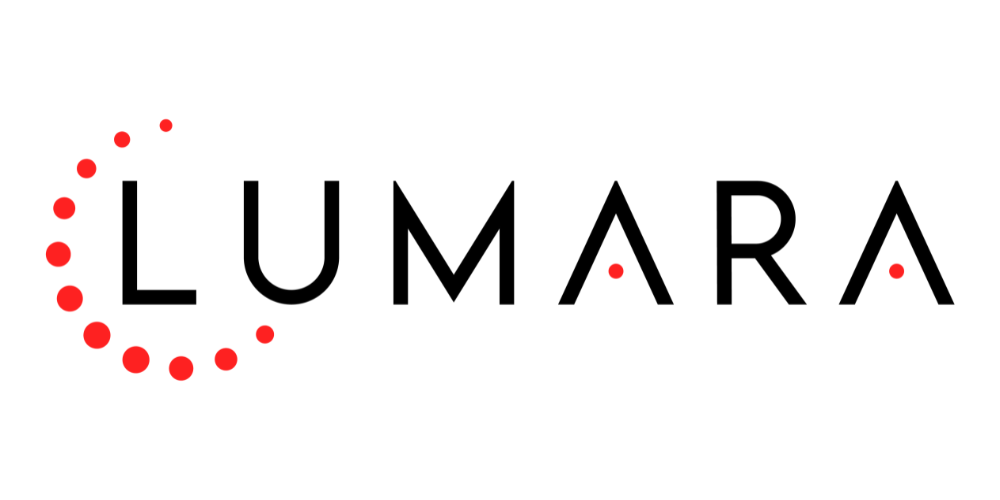
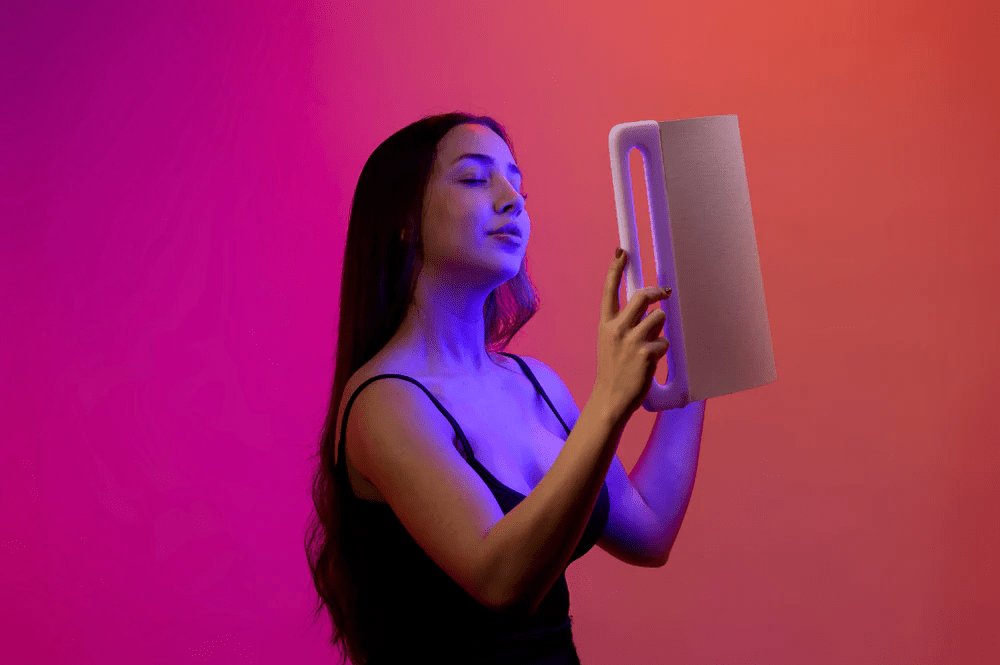
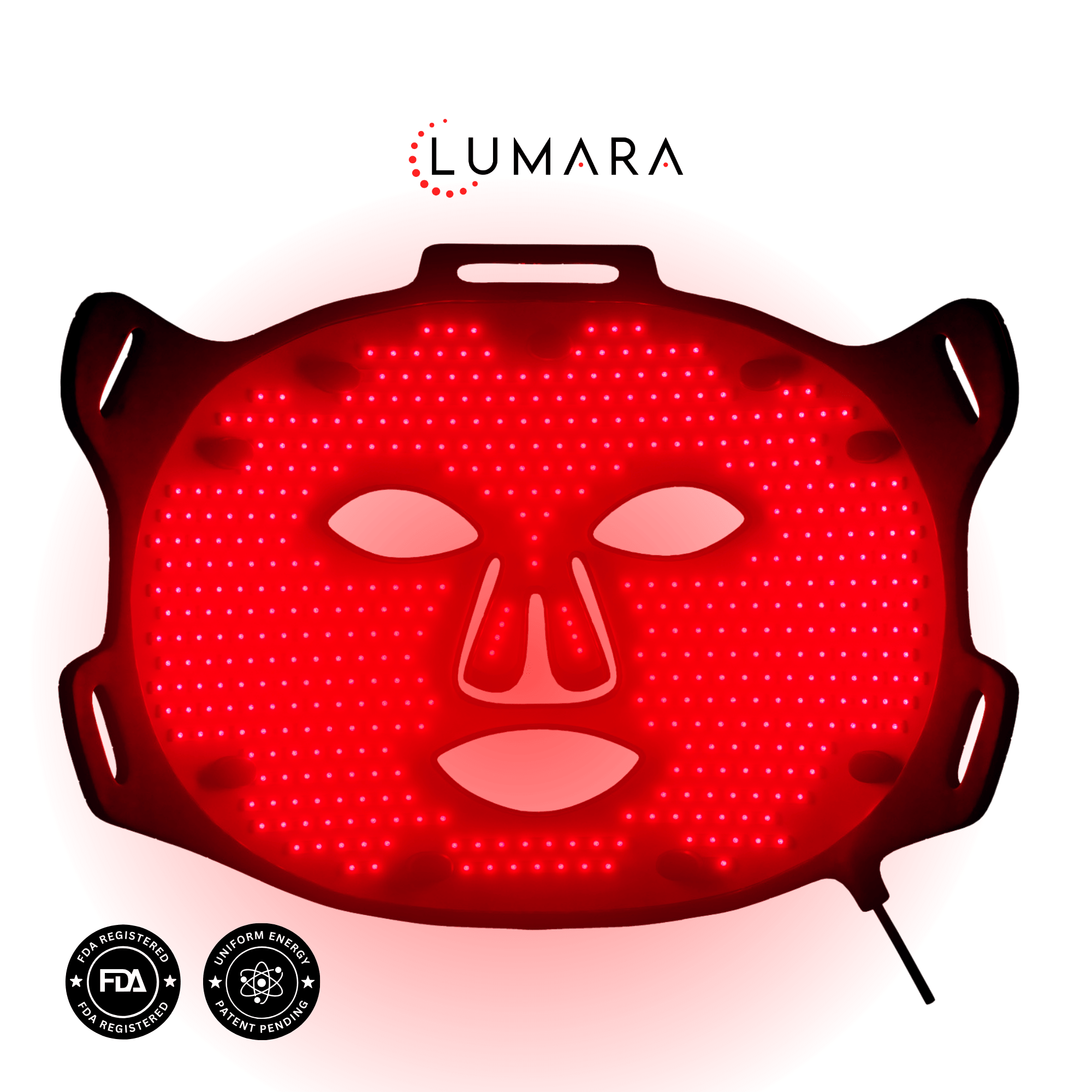

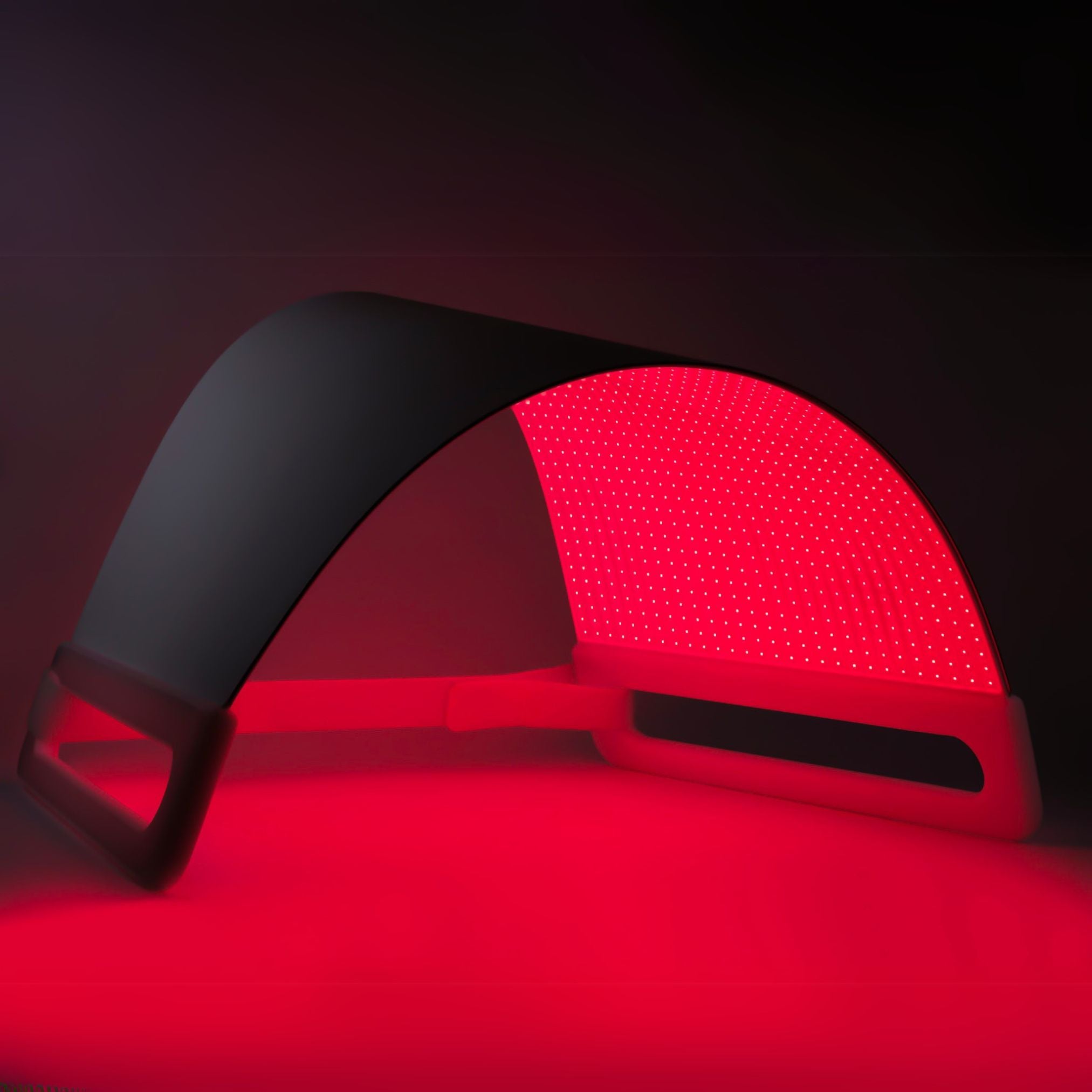
Share:
LED Light Therapy Before and After: Photos and Uses
Blue LED Light Therapy Benefits and What It Actually Treats